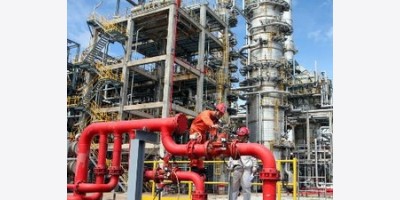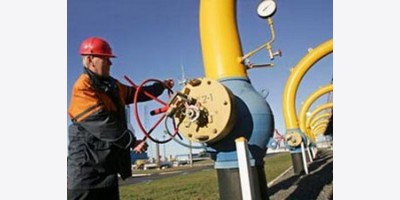New data from the Energy Information Administration shows that crude reserves in the U.S. hit their highest levels since 1976. The EIA released a report on April 10, entitled “U.S. Crude Oil and Natural Gas Proved Reserves (2012),” which indicated that 2012 marked the fourth year in a row that proven oil reserves increased. Not only that, but 2012 marked the largest increase in oil reserves for a single year – 4.5 billion barrels – since 1970. That is a remarkable feat since 1970 was the year that vast reserves, around 10 billion barrels, were booked in Alaska.
US Crude Oil and Lease Condensate Proved Reserves
Why the rapid growth in crude reserves when it appears that oil is becoming increasingly difficult to find and exploit? The EIA says that improved technology is allowing companies to find greater and greater amounts of oil. Moreover, high oil prices and several years of successful production has companies exploring for oil at an elevated rate.
Most of that recent production has come from tight oil in places like the Bakken and the Eagle Ford basin. In fact, tight oil accounted for 22% of proved reserves in 2012. By state, Texas posted the largest increase in proved reserves between 2011 and 2012, adding 3 billion barrels. North Dakota came in second with 1.1 billion barrels. The Gulf of Mexico federal offshore area also added a smaller 137,000 barrels.
Proved reserves do not mean that successful production is a 100% certainty. Proved reserves indicate that the oil can be recoverable in future years with “reasonable certainty” under existing economic and operating conditions. For example, if oil prices dropped significantly, some of the more expensive, harder-to-reach oil would not necessarily be accessible. For now, there is no indication that drilling will slow down in the United States.
By James Burgess of Oilprice.com

























